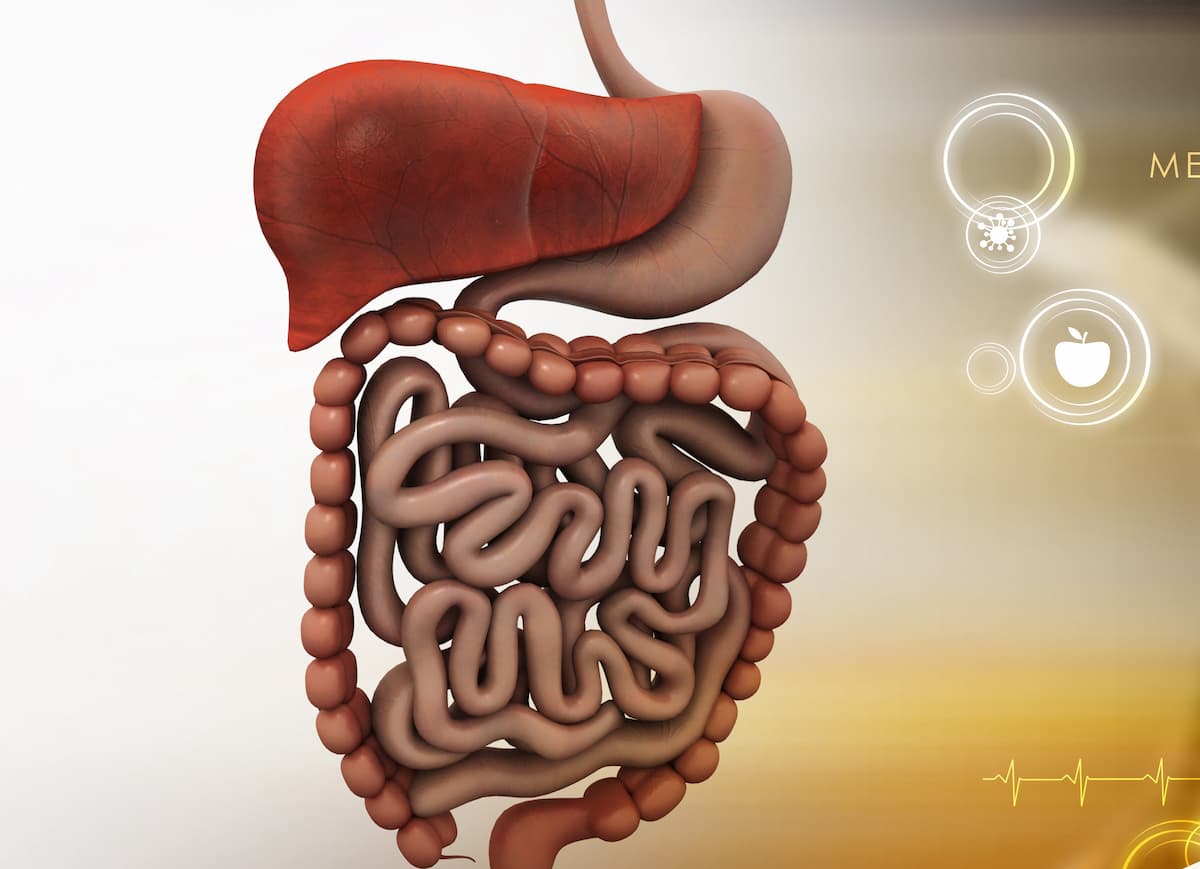Investigational Agent Improves PFS Vs Everolimus in Grade 1/2 GI NETs
Phase 3 data show that ITM-11 produced favorable safety results among patients with gastroenteropancreatic neuroendocrine tumors.
“With COMPETE, this marks the first time that a targeted radiopharmaceutical therapy has demonstrated improved [PFS] compared [with] a targeted molecular therapy, everolimus, in patients with grade 1 and grade 2 [GEP-NETs] in a phase 3 clinical trial,” according to study investigator Jaume Capdevila, MD, PhD.

Treatment with ITM-11 (177Lu-edotreotide), an investigational radiolabeled peptide conjugate, reached the primary end point of progression-free survival (PFS) among patients with grade 1 or 2 gastroenteropancreatic neuroendocrine tumors (GEP-NETs), according to a press release on topline results from the phase 3 COMPETE trial (NCT03049189).1
Investigators noted that ITM-11 produced a clinically relevant and statistically significant PFS improvement compared with everolimus (Afinitor) among this patient population. Additionally, the targeted radiotherapeutic agent appeared to be tolerable and yield favorable safety outcomes.
Developers anticipate submitting these results for presentation at a future medical conference and disclosing plans for a new drug application (NDA) submission with the FDA in 2025.
“With COMPETE, this marks the first time that a targeted radiopharmaceutical therapy has demonstrated improved [PFS] compared [with] a targeted molecular therapy, everolimus, in patients with grade 1 and grade 2 [GEP-NETs] in a phase 3 clinical trial,” study investigator Jaume Capdevila, MD, PhD, senior medical oncologist at Vall d'Hebron University Hospital in Barcelona, stated in the press release.1 “The patients included represent a real-life scenario, and the COMPETE study evaluates the important question of which therapy might be used first to provide greater benefit to patients. As a clinician, I am highly encouraged by these data and look forward to seeing further results.”
Developers designed ITM-11 to administer beta radiation to somatostatin receptor (SSTR)-positive tumors while sparing healthy tissue and organs. The agent is made up of non–carrier-added lutetium-177 and the synthetic SSTR agonist edotreotide.
In the prospective, open-label, phase 3 trial, 309 patients were randomly assigned 2:1 to receive ITM-11 at 7.5 GBq with a nephroprotective amino acid solution every 3 months for up to 4 cycles or everolimus at 10 mg daily for a maximum of 30 months.
The trial’s primary end point is PFS. Secondary end points included objective response rate, overall survival, quality of life, and dosimetry data. Investigators are currently evaluating these secondary end points and conducting subgroup analyses.
Patients 18 years and older with histologically confirmed well-differentiated NETs of non-functional gastroenteric origin or both functional or non-functional pancreatic origin were eligible for enrollment on the trial.2 Additional requirements for study entry included having measured disease per RECIST v1.1 guidelines, SSTR-positive disease, and progressive disease based on 2 morphological imaging examinations via CT or MRI.
Those with a known hypersensitivity to edotreotide or everolimus or any prior exposure to treatment with peptide receptor radionuclide therapy were ineligible for enrollment on the trial. Patients were also unable to enroll if they had therapy with an investigational compound and/or medical device within 30 days before randomization, indication for surgical lesion removal with curative intent planned alternative therapy during the period of the study, or any serious non-malignant disease. Having clinically relevant renal, hepatic, cardiovascular, or hematological organ dysfunction that may interfere with the safety of study therapy was also grounds for exclusion from the trial.
ITM-11 previously earned fast track designation from the FDA for the treatment of patients with GEP-NETs in October 2022.3
“People with GEP-NETs, whose journey from diagnosis to proper treatment can take years, remain in significant need of more robust, data-driven treatment options to maximize outcomes. The successful COMPETE data support ITM-11’s potential and we believe mark an important milestone for patients and for ITM,” Andrew Cavey, MD, chief executive officer at ITM Isotope Technologies Munich SE, the developer of ITM-11, concluded.1
References
- ITM announces positive topline results of phase 3 COMPETE trial with ITM-11, a targeted radiopharmaceutical therapy, in patients with grade 1 or grade 2 gastroenteropancreatic neuroendocrine tumors (GEP-NETs). News release. ITM Isotope Technologies Munich SE. January 28, 2025. Accessed January 29, 2025. https://tinyurl.com/3z4f37cr
- Efficacy and safety of 177Lu-edotreotide PRRT in GEP-NET patients (COMPETE). ClinicalTrials.gov. Updated November 30, 2023. Accessed January 29, 2025. https://tinyurl.com/yjfxhafz
- ITM receives FDA fast track designation for radionuclide therapy candidate ITM-11 (n.c.a. 177Lu-edotreotide) in neuroendocrine tumors (GEP-NETs). News release. ITM Isotope Technologies Munich SE. October 27, 2022. Accessed January 29, 2025. https://tinyurl.com/4v2ws2t2